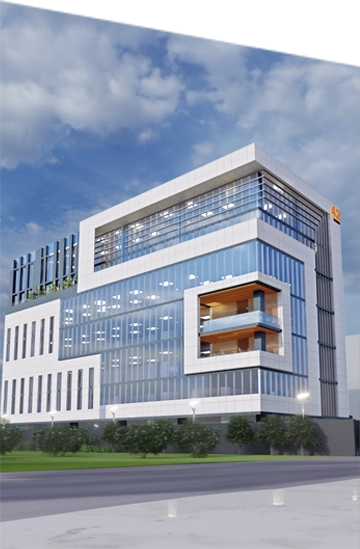Website speed is more critical than ever in 2024. Studies show that a 1-second delay in page load can lead to a 7% drop in conversions. With Google evaluating sites based on core web vitals, having a fast WordPress site is crucial for:
- Improved Rankings: Google prioritizes fast-loading websites in search results, leading to better organic visibility.
Enhanced User Experience:Visitors are more likely to stay engaged and bounce less on a faster site. Research indicates that 40% of users abandon a website that takes more than 3 seconds to load.
Understanding Google’s Core Web Vitals:
Google prioritizes three key metrics when evaluating page speed:
- LCP (Largest Contentful Paint): Measures how quickly the main content of your page loads (ideally within 2.5 seconds).
- FID (First Input Delay):Measures how responsive your site is when users first interact with it (ideally under 100 milliseconds).
- CLS (Cumulative Layout Shift):Measures visual stability, ensuring elements don’t unexpectedly shift during loading (ideally a score of 0.1 or below).
Having good scores in these areas signals to Google that your site offers a smooth and seamless user experience.
Why WordPress Sites Often Lag in Speed:

While WordPress is a versatile platform, some common factors can slow it down:
- Slow Web Hosting or Server Location:Budget hosting providers may offer limited resources and slow server response times. Choosing a reputable provider with servers located closer to your target audience can significantly improve speed.
- Too Many Plugins: Especially those with excessive JavaScript code, can slow down page load times. It’s crucial to only use essential plugins and keep them updated.
- Large, Unoptimized Images: Images are often the biggest culprits behind slow loading times. Using a Content Delivery Network (CDN) and optimizing image sizes and formats can drastically improve performance.
- Bloated Themes with Unnecessary Features: Complex themes with excessive features can add unnecessary code and slow down your site. Choose a lightweight, well-coded theme and avoid using features you don’t need.
A Proven 3-Step Method to Optimize WordPress Speed:

To significantly improve your WordPress site speed, follow these steps:
Javascript Optimization:
- Prioritize Critical CSS: Identify the above-the-fold content (what’s visible without scrolling) and its corresponding CSS styles. Use tools like Autoptimize to inline this critical CSS, eliminating render-blocking requests and ensuring a faster initial page load.
- Defer Non-Critical Javascript: Leverage tools like WP Rocket to delay loading non-essential JavaScript until user interaction, boosting initial page load speed. This ensures the core functionalities of your site load first, improving perceived performance.
Image Optimization:
- Use a CDN: A Content Delivery Network like Statically or BunnyCDN can automatically compress and serve optimized images from servers closer to your visitors. This significantly reduces image load times, especially for users in geographically distant locations.
- Compress and Resize Images: Before uploading images to your site, use lossless compression tools like TinyPNG or ShortPixel to reduce file sizes without sacrificing quality. Additionally, resize images to their exact dimensions on your website to avoid unnecessary scaling and loading delays.
Caching Optimization:
- Enable Caching: Caching plugins like WP Super Cache or W3 Total Cache store static site content, such as HTML pages and images, on the server. This significantly reduces server load and improves page load times for returning visitors.
Common Mistakes to Avoid:
- Relying on Unreliable Speed Tests: Use Google’s PageSpeed Insights or Lighthouse for accurate and detailed reports on your site’s performance.
- Overusing Lazy Load: While beneficial, excessively lazy loading images can impact first contentful paint (LCP) scores.
- Focusing on Low-Impact Tweaks: Prioritize the steps mentioned above before spending time on minor optimizations with minimal impact.
Additional Tips:
- Monitor Your Site Speed Regularly: Use tools like Pingdom or GTmetrix to track your site’s speed performance over time.
- Consider Upgrading Your Hosting Plan: If your site experiences continuous slowness, consider upgrading your hosting plan to a more robust provider with better resources.
- Stay Updated: Regularly update WordPress, themes, and plugins to ensure you benefit from performance improvements and security patches.
By implementing these strategies and combining them with quality hosting, a CDN, and regular monitoring, you can significantly improve your WordPress site’s speed, user experience, and SEO ranking.
About 42Works:
42Works is a leading provider of website design, development, and maintenance services. Our team of experienced professionals can help you optimize your WordPress site speed, ensuring a fast, user-friendly experience for your visitors. Contact us today to learn more about our services and how we can help you achieve your website goals.




